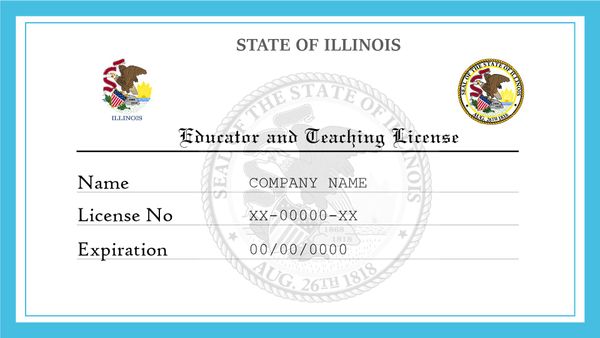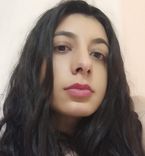
Illinois Teaching License
Are you passionate about teaching and in need of accurate information that will help to get your dream job in the state of Illinois? In this article, we will cover all the details of obtaining a license in Illinois, state-specific requirements, teacher and educator license lookup, and much more.
How do I get an Illinois teaching license?
To obtain your teaching license in Illinois you must meet all the state requirements and take all the measures before the application. Keep in mind that out-of-state teaching licensure doesn’t automatically apply for this state due to the differences in the state requirements. Illinois State Board of Education issues 3 types of teacher licenses:
- Professional educator license (PEL)
- Substitute License
- Educator License with Stipulation (ELS)
To be an authorized teacher in Illinois you must hold at least a bachelor’s degree and complete a teacher preparation program approved by the ISBE. Remember that in order to remain in the teaching certification program at least a 3.0 GPA is required. Additionally, a traditional certification must indicate 15 semester hours or if the preparation program is out of the state 32 hours of content coursework in the area of specialization.
What is an Illinois professional educator license?
In order to work as a teacher or administrator in public or recognized non-public schools in Illinois, you should hold a Professional Educator License (PEL). This license requires completing ISBE approved tests and programs and qualification of a specific area of work. After successfully completing state requirements endorsements are added to your PEL license identifying the subjects and grades you are licensed to teach. Your teaching endorsement indicates the grade level (e.g. secondary, early childhood, etc.) or subject area of work (e.g. middle school or high school health education, language arts, etc.).
How do I get an Illinois professional educator license?
Once you have completed a state-approved teacher preparation program and passed TAP (Test of Academic Proficiency) or ACT or SAT exam scores you can get prepared to apply for your teaching license. Here are the main documents needed to submit your license application:
- Official transcripts as proof of your Bachelor’s degree
- Official transcripts indicating the completion of a teacher preparation program
- Completed application for teacher certification
- The proof of needed scores on the demanded exams
- Payment of $100 application fee for PEL
What is a Type 73 certificate in Illinois?
Counselors who want to work in schools must hold an Illinois Type 73 certification. Candidates can obtain the certification that comes with specific education, internship, or program requirements. Applicants for this certification must hold an accredited master’s degree in school counseling or a related field.
How do I find my Illinois educator identification number?
Once you have created an account on ISBE, you will own an Illinois educator identification number (IEIN) assigned by the ELIS (Education Licensure Information System). To find your IEIN number, log in to your personal ELIS account. On the main screen of ELIS, you will be able to see your IEIN number right below the Welcome with your name. On the ELIS license lookup page individuals, employers can access information about potential candidates and verify the credentials of any educator.
How long does it take to get a teaching certificate in Illinois?
Teacher certification is awarded through the State Board of Education. Elementary teachers to earn their certification, the elementary teaching program and student teaching assignments usually take 12-16 to complete.
